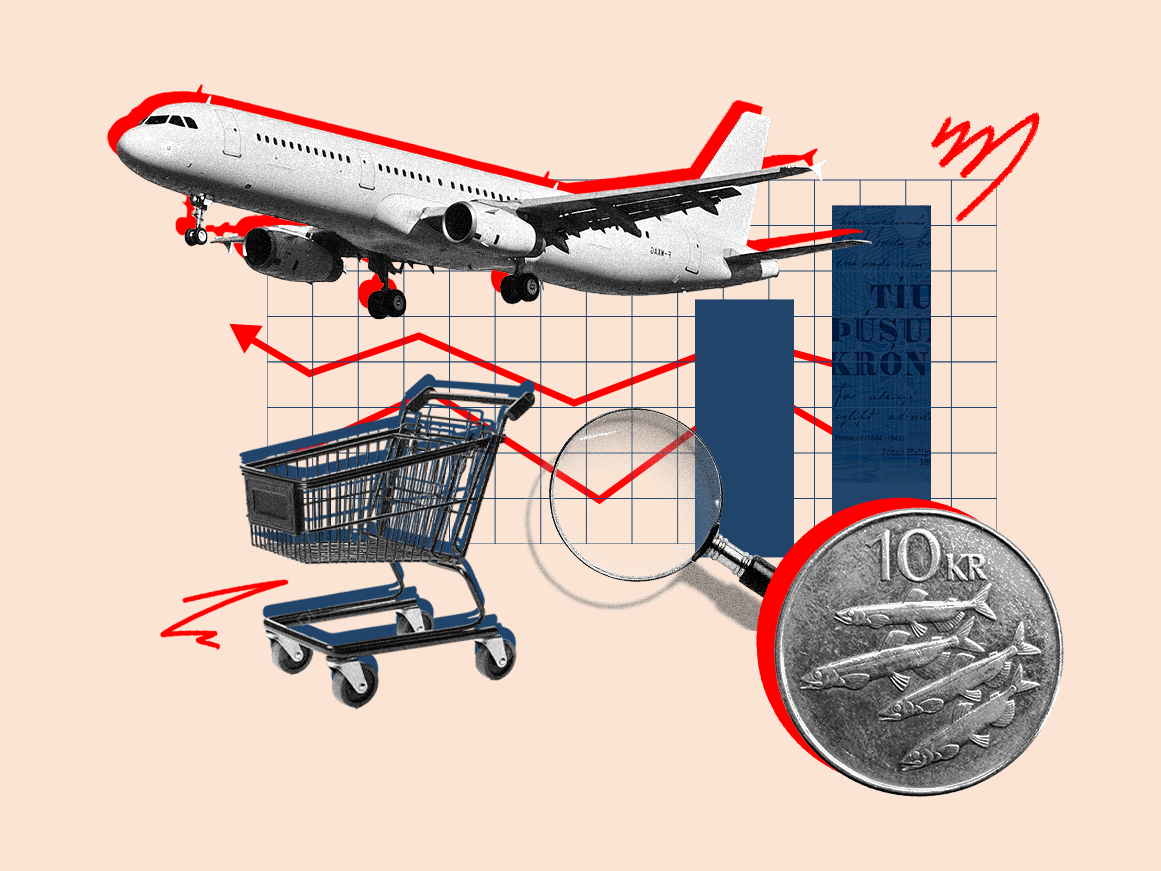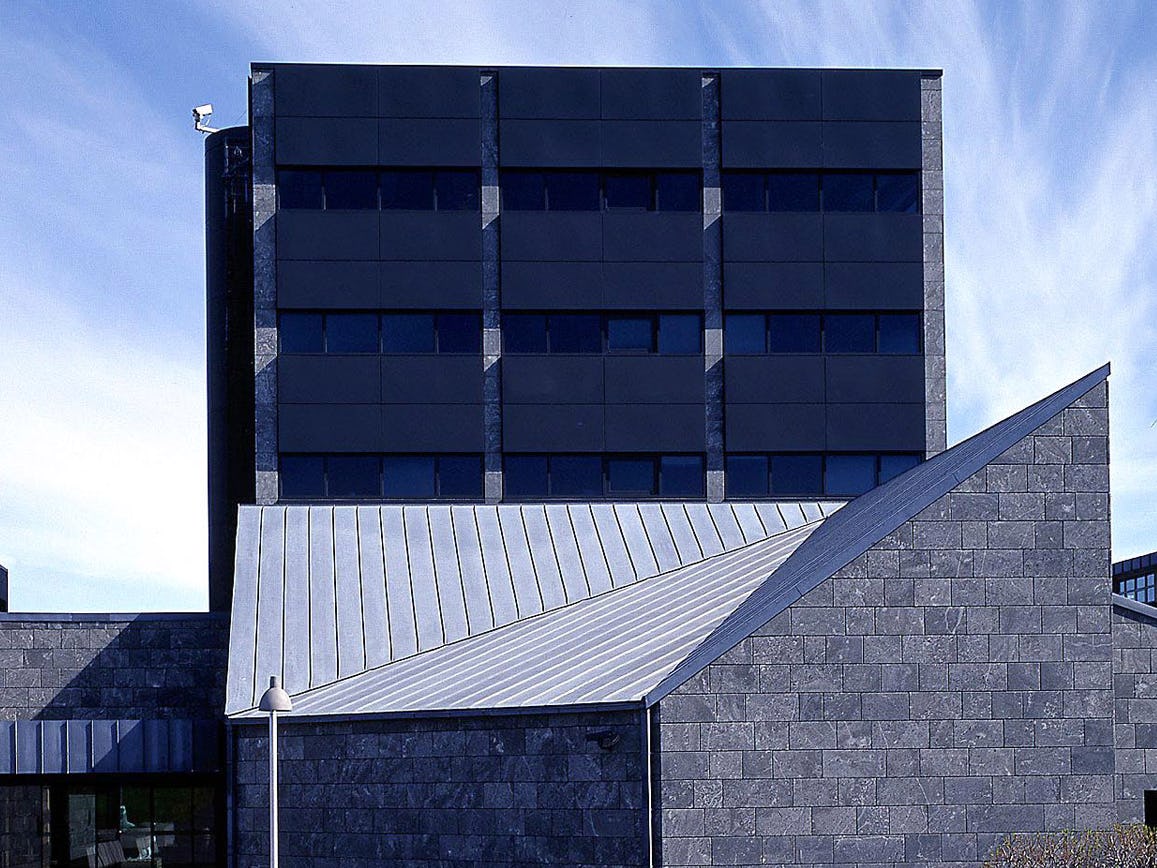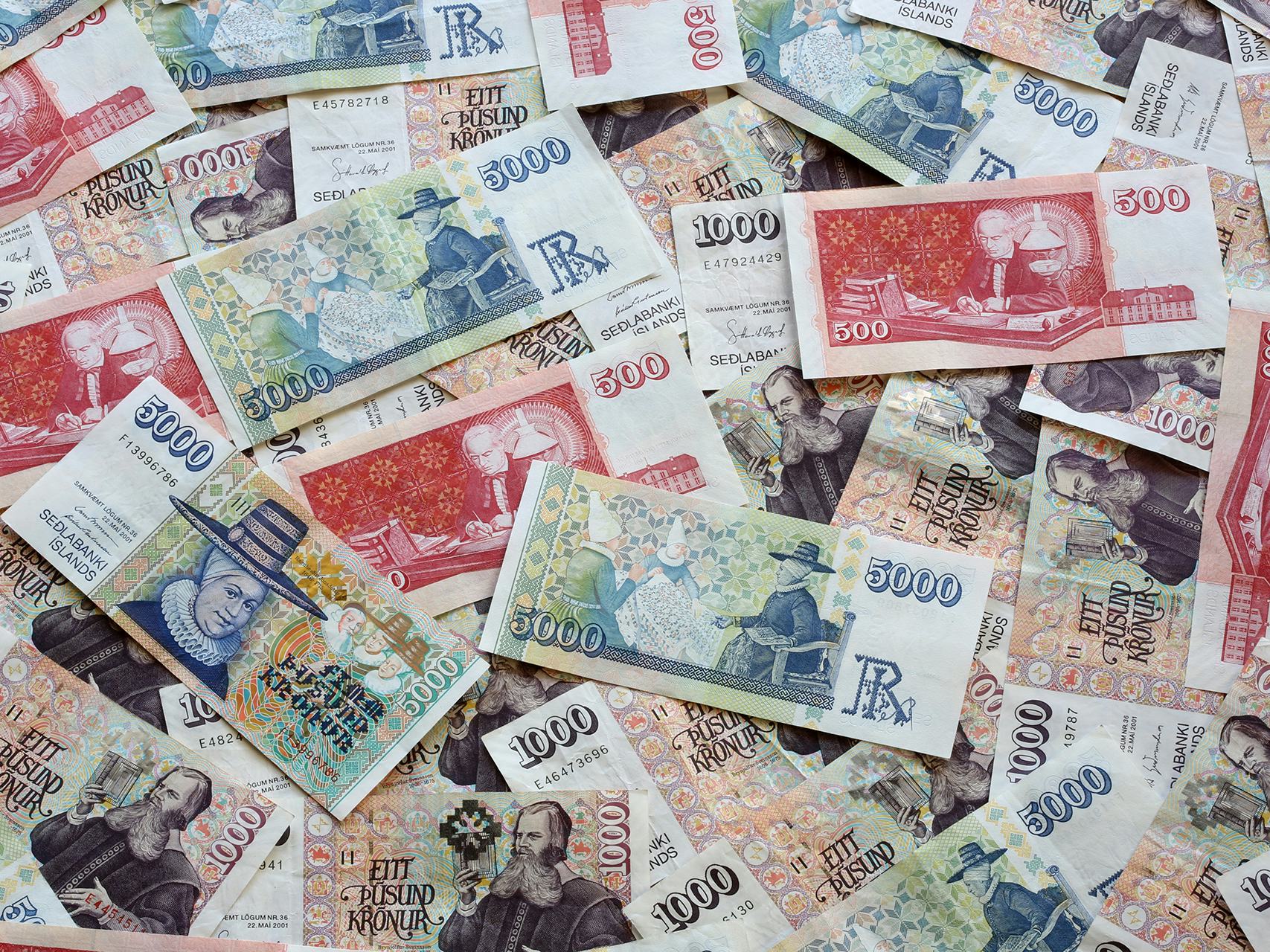Weekly bulletin 11 March 2024

The week ahead
- Today, the Icelandic Tourist Board releases departures from Leifsstöð International Airport in February.
- On Tuesday, inflation figures will be published for the US.
- On Wednesday, the Central Bank of Iceland (CBI) releases the statement of the Financial Stability Committee and first of two financial stability reviews of the year.
- On Friday, the CBI publishes payment mediation figures for November.
- Price measurements for the March Consumer Price Index will be carried out this week.
Image of the week
Iceland exported products and services for around ISK 1,860 bn in 2023. The three large export sectors, tourism (ISK 600 bn), aluminium and aluminium products (ISK 320 bn) and seafood products (ISK 350 bn), were behind 70% of this figure. Sectors jointly referred to as “other export” created value in the amount of ISK 580 bn, more than either seafood products or aluminium and aluminium products. “Other export” is comprised of various products and services and the item medicine and medical equipment grew most between years, from ISK 25 bn to ISK 52 bn.
Highlights of the previous week
- Efling, SGS and Samiðn signed a four-year collective bargaining agreement with SA. Based on the average number of annual membership fees, the agreement applies to around 80,000 individuals or around 37% of the Icelandic labour force. The agreement provides for 3.25-3.5% wage increases per annum over the next four years, with a built in ISK minimum. It is difficult to predict the exact wage increase for association members, if the agreement is ratified. Bear in mind that wage earners with wages under ISK 730,000 receive a percentage raise that is higher than 3.25% this year as the built in minimum raise in ISK is ISK 23,750.
- It is unlikely that the associations’ representatives would have agreed to the agreement were it not for a benefit package announced on the same day by the government, providing for significantly increased monetary outlay to labourers and lower income groups, not least families. The objective of the benefit package is to establish stability in the labour market in order to control inflation and interest rates. In order to dampen wage hike demands, wage earners in lower income groups, especially families, are ensured other benefits through transfer programmes. The benefit package calls for an ISK 80 bn increase in expenditure, ISK 20 bn per annum for the next four years, and the funding of the package has not been disclosed. If this expenditure is funded through borrowing, it must be paid for at a later date, such as by limiting other expenses or boosting income.
- The total current account surplus amounted to ISK 41.4 bn last year. As expected, there was a sizeable trade deficit, a surplus on the services balance, a slight surplus on factor income and a small deficit on current transfers. We expect the current account balance to be more or less balanced in 2024-2026. There will continue to be a deficit on trade in goods and current transfers, offset by a surplus in services balance and factor income, if our forecast holds. Iceland’s net foreign balance improved somewhat in 2023, with foreign assets amounting to around ISK 1,600 bn in excess of foreign debt.
- Registered unemployment was 3.9% in February, 0.2 percentage points higher than last year.
- Icelandair and Play released February load figures.
- In the bond market, Landsbankinn finalised the issuance of EUR-denominated green bonds, Íslandsbanki issued ISK-denominated bonds, Arion Bank issued covered bonds, the City of Reykjavík issued bonds and Alma finalised the sale of bills.
- On the stock market, Hampiðjan, Kaldalón (investors' presentation) and Síldarvinnslan published results.
Statistics and market data
Disclaimer
This review and/or summary is marketing material intended for information purposes and not for business purposes. This marketing material does not contain investment advice or independent investment analysis. The legal provisions that apply to financial advice and financial analysis do not apply to this content, including the ban on transactions prior to publication.Information about the prices of domestic shares, bonds and/or indices is source from Nasdaq Iceland - the Stock Exchange. Landsbankinn’s website contains further information under each individual equity, bond class or index. Information about the prices of non-domestic financial instruments, indices and/or funds are sourced from parties Landsbankinn considers reliable. Past returns are not an indication of future returns.Information about the past returns of Landsbréf funds is based on information from Landsbréf. Detailed information about the historic performance of individual funds is available on Landsbankinn’s website, including on returns for the past 5 years. Information about the past performance of funds show nominal returns, unless otherwise stated. If results are based on foreign currencies, returns may increase or decrease as a result of currency fluctuations. Past returns are not necessarily an indication of future returns.Securities transactions involve risk and readers are encouraged to familiarise themselves with the Risk Description for Trading in Financial Instruments and Landsbankinn’s Conflict of Interest Policy, available on Landsbankinn’s website. Landsbankinn is licensed to operate as a commercial bank in accordance with Act No. 161/2002, on Financial Undertakings, and is subject to supervision by the Financial Supervisory Authority of the Central Bank of Iceland (https://www.cb.is/financial-supervision/)








